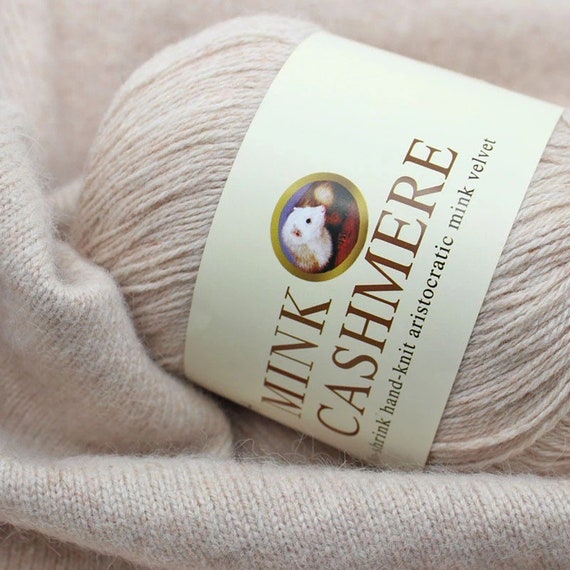What Is Cashmere and How Does It Differ to Other Fabrics?
What Is Cashmere and How Does It Differ to Other Fabrics?
Blog Article
Discover the Allure of Cashmere a Natural Fiber: Why It's a Must-Have in Your Closet
The attraction of cashmere, a deluxe all-natural fiber, transcends mere appearances. From discussing its appealing beginning to understanding its production process, quality, and treatment, it's worth discovering why cashmere holds such an unique place in the globe of textiles.

The Origin and Background of Cashmere: A Short Introduction
While many might view cashmere as a basic high-end, its background is steeped in rich cultural tradition. Stemming from the Kashmir area in India, cashmere wool has been created for countless years. The fiber is acquired from the soft undercoat of cashmere goats, gathered throughout their molting period. As a precious commodity, it was traded along the Silk Road, ending up being highly valued in Europe in the 18th century. The name 'cashmere' is an old English derivation of Kashmir. Despite its global appeal, most of cashmere manufacturing still stays in Asia, especially China and Mongolia. This historical journey highlights the cultural value of cashmere, transforming it from a local specialized to a worldwide high-end.
Understanding the Distinct Qualities of Cashmere Fiber
While other materials might put on down over time, cashmere preserves its top quality, making certain long-lasting wear. Cashmere possesses a special visual appeal. Comprehending these homes makes clear why cashmere is not just a deluxe, however a rewarding investment for any kind of closet.

The Refine of Making Cashmere: From Goat to Garment
To appreciate the glamorous residential or commercial properties of cashmere completely, one should comprehend its journey from the raw fiber to the completed product. The process begins with the cashmere goats, predominantly discovered in Mongolia, China, and Iran. The soft undercoat of these goats, harvested throughout their natural molting period in spring, offers the raw material. This delicate fiber is then carefully divided from the coarser external hair in a labor-intensive procedure called dehairing. The pure cashmere is after that dyed, spun right into yarn, and ultimately weaved or woven right into the desirable garments. Each step is carefully implemented to preserve cashmere's significant heat, gentleness, and toughness. This complex procedure causes the production of a find here truly extravagant fabric.

Translating the Quality and Price: Why Is Cashmere so Expensive?
Cashmere originates from the fine undercoat of the cashmere goat, with each goat generating a plain 150 grams annually. The processing of raw cashmere requires both time and expertise, with the fibers needing to be thoroughly sorted, washed, and rotated. These elements combined make cashmere a pricy yet highly popular asset in the globe of style.
Cashmere in vogue: The Adaptability and Classic Allure
Despite its high price, the classic appeal and flexibility of cashmere have strengthened its area in the realm of style. The fiber's distinct texture, identified by its soft qualities and warmth, has actually ended up being associated with deluxe and comfort. Its adaptability expands past seasonal trends, making it a closet essential in different kinds, from stylish sweaters to chic headscarfs. The flexible nature of cashmere permits its combination right into both formal and laid-back outfit, signifying its wide appeal. The material's sustaining popularity over the years testifies to its timeless charm. As trends reoccured, cashmere remains a continuous, its allure undiminished, remaining to form the fashion and motivate industry's landscape.
Caring for Your Cashmere: Maintenance and Conservation Tips
Guaranteeing the longevity of cashmere garments needs specific care and focus. These valued belongings should not be thrown right into the cleaning device with routine washing. Instead, hand cleaning with mild, pH-neutral soap in lukewarm water is encouraged. After washing, they should not be wrung out. Instead, they should be carefully pushed between towels to soak up excess water, after that laid level to completely dry. Routine brushing with a cashmere comb can prevent pilling. i was reading this Saving these items in a trendy, completely dry area, ideally in a breathable bag, can safeguard them from you can check here moths and humidity (is cashmere a natural fiber). A periodic airing outside, far from direct sunshine, can refresh the fibers. With these upkeep and preservation tips, one can guarantee their cashmere continues to be sturdy and luxuriously soft.
Conclusion
Cashmere, with its unrivaled soft qualities and warmth, offers both luxury and sturdiness. Discover the attraction of cashmere and boost your fashion arsenal.

Report this page